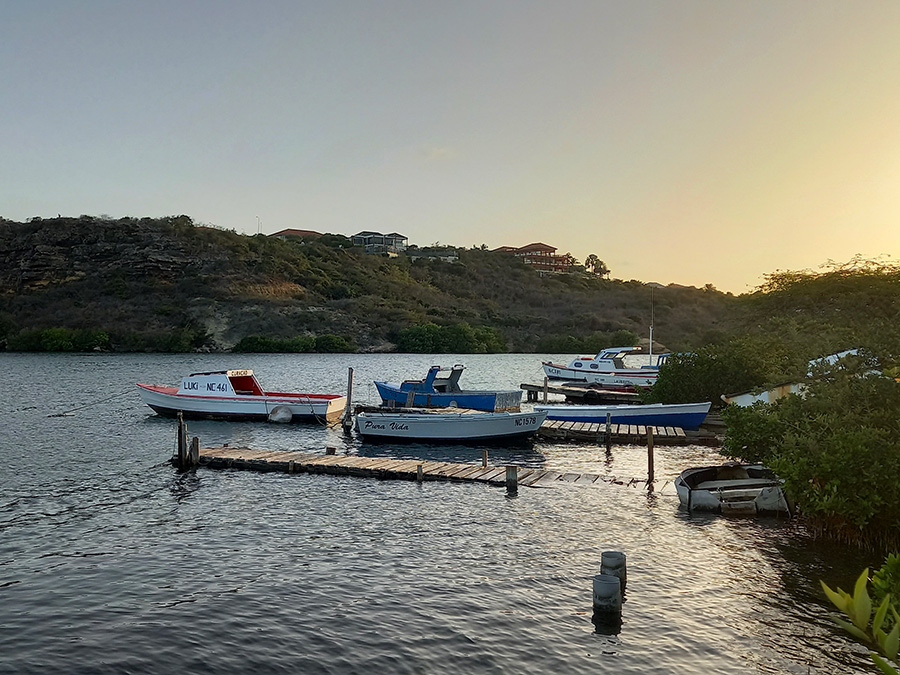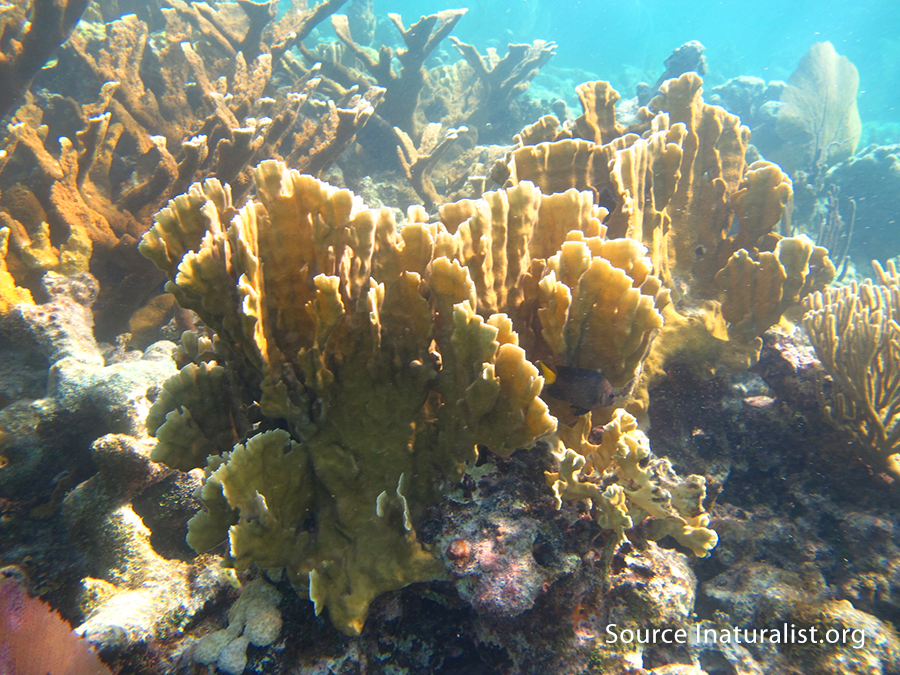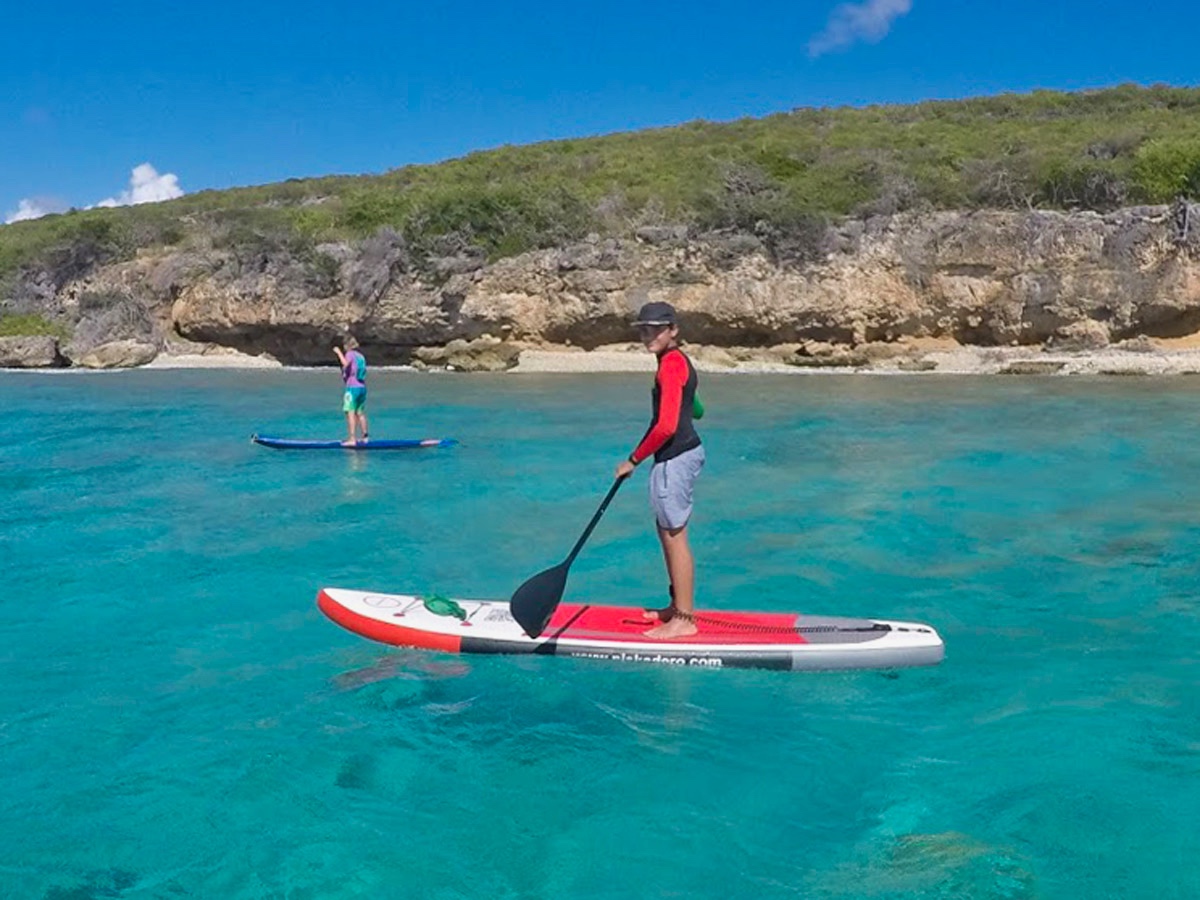Health & Safety Tips when visiting Curacao
When visiting curacao there things to consider. We at Curalink have made a list with all "need to know" important considerations from our experience.

Stil don't walk around with expensive jewelry, watches or cameras in plane sight. But this is something everybody knows that have been to cities abroad. And of course don't leave your bags, keys, pot money, sunglasses or valuable objects unattended.
We don't really know the phenomenon of pickpockets here. Our malls and shopping districts are safe environments to walk trough. Very little actually happens. We do advise you to pay attention to your belongings in public spaces or croudy venues. Your bag can be taken if you place it next to you at a restaurant or in shopping malls.
These are all safety measures sowhat everybody in the world knows. Just use common sense will take you a long way.
Curacao has no strange stomach diseases or bacteria that can make you sick through your intestines. We don't see cases of cholera or other third world diseases. Our tap water is one of the best in the world (distilled from seawater). You can drink it everywhere directly from the tap.
There are also few cases of people getting sick from eating in restaurants, snacks or street food. We have a health inspection that does routine controls. Employees in restaurants are tested from time to time for carrying viruses or worms. It sometimes happens that your get the stomach flu because food has not been stored for too long or has aged. This is incidental. Food poisoning also occasionally occurs in isolated cases. It is best to contact a doctor or hospital directly when this occurs.
We recommend that you buy a travel insurance before your trip. In the event of an accident, your repatriation will otherwise not be reimbursed. And these costs can really add up. It is also good to check what your travel insurance actually covers. Would you practice extreme sports during your holiday (such as kite surfing) or would you like to go scooba diving, you sometimes need extra coverage.
If you require special care or special medication, it is wise to inquire about local care and the availability of drug before you travel. The pharmacies here operate on an international level. However, sometimes supply problems can arise. Curacao is an island and this sometimes leads to logistical bottlenecks.
The care provided by doctors, specialists and hospitals is also of a high standard. You need the right international diplomas here if you want to practice a profession in medical care. Most doctors are schooled in the Netherlands. Because we are a relatively small island, not all medical interventions are offered. For specialkinds of surgery, local residents are often sent abroad (the Netherlands or Colombia).

Still take into account that if you're a tourist you're more of a target because thieves know that tourists in general walk around with more valuable stuff like like cameras, cash and drones. Pay extra attention if you drive back to your accommodation in the evening after going out, because then robbers can target you. They will then drive after you or wait near the gate to strike. The result may be that you are robbed of your belongings or car.
There was a time (several years ago) when robbers came up with a new strategy for stealing. They bumped into you at traffic lights or intersections on purpose so you got out and checked for damage. These incidents occured later in the evening hours when there was little traffic. Victems were robbed of their belongings or they ran off with their car. These gangs have been rounded up so this phenomenon is fortunately a thing of the past as far as we know.

A lot of tourists come from nations where there's less sun. Curacao is close to the equator and that's why we have much stronger rays than in places where there's a moderate or cold climate. We see a lot of tourists getting sick from sunburn because don't take this into account. They are too hasty to get a suntan.
We suggest always taking enough sun protection with you. We advise you too buy my sun screens that don't have the chemical Benzene in them. Benzene is considered harmful for our coral reefs. Studies have shown that a few drops of Benzine can cause harm or even kill parts of reefs. If you're unable to buy sun protection without Benzene abroad there's enough shops offering reef safe lotions locally (see Agrinature on Facebook and Instagram for locations).
We locals avoid going in the sun between 10 am and 2 pm. Especially sunbathing is a bad idea during these hours. You can get really sick from sunburn or heat stroke. The best time for sunbathing is between 8 and 10 am or 4 and 6 pm. You will still get a great tan without any negative consequences. And the chance of keeping your tan longer without skinpeel is bigger. This way you can enjoy the sun every day during your holiday without any problem. If you go on a boat tour or execution at noon be sure to wear a cap, a t-shirt and sunglasses or a rash guard.
There are no deadly animals in Curacao. No spiders, venomous snakes, beers, crocodiles or wolves of any kind. It sometimes happens that somebody's gets bitten buy a dog. Dogs tend to jump over fences and wander in the streets. Don't try to pet or feed them. And take care when entering somebody's property. But this is a worldly problem and not common.
Are nature knows a lot of cactus and trees with big thorns. We advice people who like to wonder in nature on hikes trough the bushes (called mondi) to wear jeans and gloves. A machete (large knife) can also be helpful for clearing your path. Please don't touch the Manzanilla trees. They can give an itch or blisters when ribbed against. This tree also so has seeds that look like small green apples. You can entounter these trees grow near beaches and valleys. Be sure that your kids don't mistake this sead is for a fruit and eat it. If they do be sure to seek medical attention because the "fruits" are poisonous.

Between the rocks you can also find sea urchins with long pointy black spikes. It's easy not to step on those when you're not looking where you walk on the stones or don't wear watershoes. If you do step on one you van soak your foot in Vinegar to release pain from its venom.
A kind of sea snake lives between the rocks at our shoreline too, the Green Moray. They can become quite big and when this sea creature feels threatens it can attack and can give a nasty bite with its sharp teeth. Accidents are not common. The only occasions someone was bitten was when that person was trying to catch them or they caugth one while fishing.
Although there are no deathly jellyfish there are jellyfish that can sting in our waters. So we advice not to touch jellyfish with your bare hands. Portuguese Man of War spotted in the ocean. At times (when the wind direction changes) that can be spotted close to shore. They are easally recognized because of their pink and purple coloring. Be sure not to touch its tentacles as they are very poisonous! Poor vinagur over the effected skin no neutralize the poison and seek medical attention as soon as possible.
You can find all kinds of sharks in the Caribbean. Still there less than 5 incidents of shark attacks recorded in the last 50 years. And these all happened at open sea. For instance when a boat sinks and people are adrift at sea for a prolonged time. There are no incidence of people getting attacked at our beaches or in more shallow waters near the coastline. The kinds of sharks that swim close to shore are not the dangerous ones. Our Southern coastline where most of our popular beaches are located are free from bigger kinds of sharks like the bull shark or hammerhead. At our northern rocky shores these kinds of sharks are sometimes spotted. Still sharks are attracted to blood so be sure when you have a wound to not swim too far from shore. Even the smaller sharks can become aggressive when they detect blood.

Near the coast you can also find the Bladed Fire Coral that can burn on the touch (see picture). The burns are very painful and leave wounds and blusteres. Online they say to treat wounds by pouring lemon water on it. It would be best to keep from touching corals and spunges at all. This also counts for exotic fishes Balloon fish, Lion fish or Scorpion fish.
The sea around curacao in general doesn't have strong currents. But there are some points when the current on some occations can become a bit strong. Known points are Annabay at the entrance, at the most East point of Curacao, at Bullenbaai, at Caracasbay at the right corner of the bay. So if you like snorkeling along the coastline farther away from the beaches be sure to be a good swimmer and always take someone along. It's always a good idea when wondering father offshore to wear where are flippers.
Another problem is that boats and Seadoos sometimes don't pay attention at snorkelers. They are not used two snorkelers swimming father from the beaches. So when you hear a boat or Seadoo approaching you with high velocity be sure to wave at it so they can spot you. What also helps is is to stay within 10 meters from the coastline as boats always keep safe distance from shore because of the corals. Every few years we regrettably have a fatal accident because of a snorker getting run over. We suggest to connect to a special snorkelling or diving buoy so you can be easily spotted then you like to wander farther from shore.


